A Quick Word of Introduction
Affiliate marketing has been around for much longer than the internet. The idea of affiliation was invented long before we got online, but the internet has made it much easier to get involved in the affiliate business. Nearly all affiliate models work on two main principles through which the affiliates earn cash for bringing new customers:
· CPA (Cost Per Acquisition)
· Revenue share
Talking about the online poker industry, affiliate marketing has been its core part almost since its very beginnings. Turning to the affiliates, poker rooms were able to market to large player pools at lower costs, outsourcing player conversion and being present in the communities gathering people interested in playing poker.
Affiliate sites contribute to the overall industry in many ways, providing things such as:
· News and information
· Educational content
· Communication channels (forums)
· Entertainment
Oftentimes, these sites are covering certain areas that poker rooms themselves are unable to cover, because they lack the required knowledge, manpower, or resources. So, in this model, everyone’s happy: rooms are getting more traffic thanks to hard working affiliates, players get extra value for signing up, and affiliates are paid for their efforts.

However, the affiliate industry has gone off tracks with regards to this original idea. Many affiliate sites, instead of being supplements and partners for the poker rooms have become their competitors. These sites, often termed ‘rakeback affiliates,’ create more problems than solutions and this is a topic that deserves a deeper analysis leading to possible answers and solutions for the benefit of the overall industry.
2. Two Distinctively Different Business Models
When talking about affiliation of any kind, an affiliate’s end-goal is always clear: to make as much money as possible for his efforts. So, core differences between affiliates aren’t in the fundamental revenue model but rather in the way they get players to sign up and produce rake at partner sites.
2.1 Productive or Contributing Affiliates
Productive or contributing affiliates attract players by offering them something unique that goes beyond money incentives. These affiliates are capable of attracting new players helping existing ones through training materials, news, entertaining videos, etc.
Sites like this create value in the industry because they can help boost and expand the market with fresh players. Some of the customers coming through them might be completely new to the game or can be casual players who decide to take up poker in a more serious fashion because of these incentives, especially if they are of educational variety.

2.2 Cannibalistic Affiliates
On the other side of the spectrum are cannibalistic affiliates, i.e. sites that are only interested in making money in any way possible. Their business model is usually based on sending existing players from one room to another, incentivizing the transition with better rakeback offers.
Their target user base consists of people who already play poker and are familiar with rake, rakeback, and other such perks. Cannibalistic affiliates will often go after players playing with another affiliate and try to get them to sign up through their link.
By doing this, they aren’t actually helping the industry. They aren’t creating any new traffic but are rather redirecting the existing one. So, players are shuffled around, but no new customers are introduced to the game, meaning there is no new influx of funds, either.
3. Problems With the Cannibalistic Model
The number of cannibalistic affiliates in the online poker industry isn’t small and it is natural to ask how these sites managed to survive if this is a model that doesn’t actually work. The answer to this is fairly complex and requires going back in time to the beginnings of internet poker.
For a long time, poker rooms calculated the value of a player looking at their monthly gross rake (MGR). Players producing a lot of rake were considered highly valuable and, naturally, any affiliates bringing in such players were welcomed by the skins. This created a situation where skins and affiliates worked together towards a common goal of bringing in high raking players to keep big figures on paper.
It took a while for poker networks to catch up and start realizing that big numbers on paper didn’t actually equal what’s best for the network. Namely, many smaller skins across networks were able to attract many high volume players by offering them big incentives (high rakeback percentages). All of a sudden, network found themselves in a situation where their main skins were filled with recreational players (“fish”) brought in by direct advertising, who served as food for high volume players reaping VIP benefits of smaller skins.
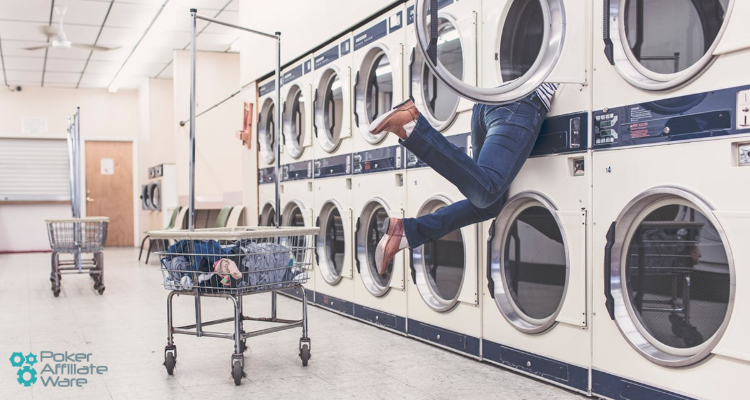
The only reason high raking players were able to continue producing big MGR was because networks were bringing in the casual players. So, smaller skins were actually starting to become parasites in the system, with their high numbers turning out to be an illusion.
After a while, many large networks such as iPoker started to catch up. They restricted skins from offering deals focusing only on high volume players looking for big rewards. They realized this was the only way to maintain balance as many smaller skins have become heavens for rakeback pros feeding on the traffic from main skins.
Similar things were happening on the affiliate level, where certain sites were focused only on bringing players through highly incentivizing deals (attracting only rakeback sharks), while other affiliates were helping to bring in fresh blood through their unique content and added value.
3.1 Counterintuitive Results
As mentioned, initially numbers looked great and everyone was happy. However, after doing some math, rooms started to realize there were many underlying issues with this idea that weren’t so obvious at first.
Firstly, large poker rooms came to understand that relying on rakeback affiliates for the players was costing them extra money. They were already paying the marketing for the room to let potential players know about them. However, with the rakeback model in place, even players who heard about the room from direct marketing won’t sign up directly; rather, they’ll look up an affiliate that can give them the best rakeback deal and sign through them instead.
So, in this scenario, the affiliate has done next to nothing to bring in the players. The player would have likely signed up either way but, given the option, they rather took the more profitable deal on the table, which is completely natural. Ironically, the poker room acts an affiliate here, sending players to the affiliate site, so they could sign up through them and get more rakeback.

3.2 Player Value
Another big problem that came to the surface with the whole rakeback model had to do with the player value. Apart from the players from the above example, who got to know about the room from direct marketing, many of those looking to sign up through affiliates are big volume, winning players. Their MGR is high but, as already explained, this isn’t the only indicator of a player’s value.
The problem that emerges here is one of liquidity. For example, a winning player will deposit $100, play, produce $25 in rake, and cash out $200. A losing player might deposit the same $100 and only manage to rake $10 before he busts his roll. So, on paper, the winning player is contributing more to the room.
However, this is only true if we don’t dig deeper. The losing player may not have produced a lot or rake himself but he added $95 to the ecosystem. Other players will use this fresh money to play and produce further rake. So, this fresh money will eventually be turned to rake. In the case of the winning player, he actually takes $200 out of the system, so he isn’t contributing nearly as much in the long run.
3.3 Affiliate Competition Pushing the Margins
Trying to compete for the players by offering them better and better rakeback deals necessarily leads to a bad business environment, where affiliates have to constantly cut their margins to keep up. While contributing affiliates don’t suffer from this problem nearly as much, the second group relies almost solely on players looking for a better deal.
So, high volume players who understand the game will always sign up for the best deal and can only be wooed with an even better offer. So, to attract players and get them to switch sides, affiliates will come up with higher deals, often on same rooms, suggesting the player open a new account (connected to a different name – a family member or a friend). Of course, this is a practice that poker rooms are explicitly against, but many rakeback affiliates don’t care about this as they are only concerned with the profits.
At the end of the day, however, what happens is that affiliates are forced to constantly cut their profit margins, reaching the point where it barely becomes profitable for them to continue operating. So, the business model isn’t sustainable in the long run and many affiliate sites had to shut down realizing the cannibalistic approach just doesn’t work.
Simultaneously, these sites offering high end deals make it harder for contributing affiliates to bring in the “fish,” which, ironically, makes skins less attractive for the sharks because good rakeback isn’t enough to keep them going if there aren’t enough casual players in the pool.

4. Fixing Poker Affiliation
With everything that has happened with online poker over the years, things have changed quite a bit in the affiliate industry as well. Some rooms such as PokerStars have maintained full control over their VIP schemes, making it impossible for affiliates to offer any better incentives. Additionally, by limiting the time players are connected to the affiliate account, they’ve lowered the number of sites marketing them.
While the PokerStars solution may not be the best out there, they have shown they have no interest in being used as a tool for making money through various shady practices. Their decisions regarding old affiliates are a completely different subject and not something to be discussed in this particular article.
The gist of it, something needs to be done to tackle the problem of cannibalistic affiliation and go back to attracting new players. The poker boom is now long behind us and affiliates can once again play a tremendous role in keeping the game alive, but to achieve this, shuffling old accounts around just won’t cut it.
4.1 Offering True Value
One thing poker affiliates can and should do is offer true value to their players. Of course, this requires more work and effort, but it is the only way to bring in new players or tip the scales for ones not certain if they should take up poker.
There are many ways in which an affiliate can bring value to its players and some of them have already been listed. For example, good educational materials never go out of style and can prove very valuable for new players. Once again, these need to be approached with fresh eyes and given a revamp because just recycling the old stuff won’t do it.
Perhaps one idea to consider is to start directing players towards Pot Limit Omaha games. With Hold’em slowly losing its popularity, it might be time to introduce a new game to the masses and PLO has all it needs to become the next big thing. Affiliates could play a key role in this process of transition and breathe new life into poker.

4.2 Rekindle the Flame
Another thing affiliates can do that would be good for them and for the industry as a whole is help rekindle the flame and help present poker as an entertaining, cool game once again. The thing is, we need new players joining up and many of these potential players either don’t know about poker or they don’t know enough to get interested.
Affiliates are uniquely positioned to present the game through videos, articles, and other forms of media in an entertaining and exciting way. Doing this the right way could bring in some fresh blood and perhaps help start a new poker boom.
Of course, this isn’t something that a single affiliate can achieve and would need to be a group effort of sorts. But, it would be the one good for everyone across the industry as the influx of new players is the only way to keep the ball rolling.
4.3 Working Together
Following a similar line of thought, poker affiliate sites could consider joining up and creating super-affiliate sites, where each affiliate would contribute in their own way. Several large sites with heaps of content would probably stand a much better chance than hundreds of small ones scattered all over the internet.
Logistics of such projects are quite demanding but it is definitely something poker affiliates could look into. In the current atmosphere, working together represents seemingly the best alternative out there.

5. Conclusion
The concept of poker affiliation has gone through several stages over the years as we’ve seen in this document. In essence, poker affiliates can be divided into two groups: contributing and non-contributing (cannibalizing) affiliates. While the former strive to bring in new players and fresh money, the latter mostly stick to existing players and shuffle them around, often stealing customers from one another.
The cannibalizing model doesn’t work because high volume players aren’t self-sufficient. They need fresh players (fish) to keep the games alive. High rakeback doesn’t cut it if they can’t beat the rake and they can’t beat the rake if games are filled with just good players.
So, affiliates need to come up with solutions and tackle these issues. Some of possible ways to do this have been mentioned in this document and there are some others yet. However, realizing that the cannibalistic approach simply doesn’t work in the long run is necessary for the affiliate industry to continue striving.
Cannibalistic affiliates need to reconsider their approach and start offering more to their players, either on their own or by creating partnerships with other affiliate sites. This way, everyone can achieve their goals without hurting other affiliates, poker rooms, or players in the process.
Special thanks to pokerstrategy for inspiring this article.

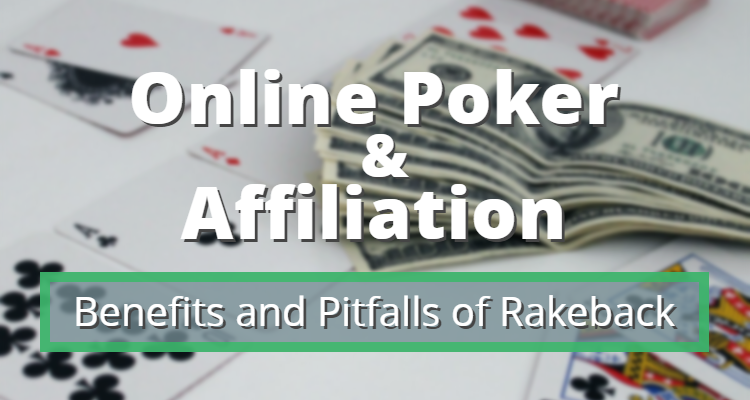
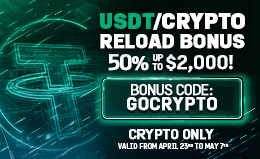


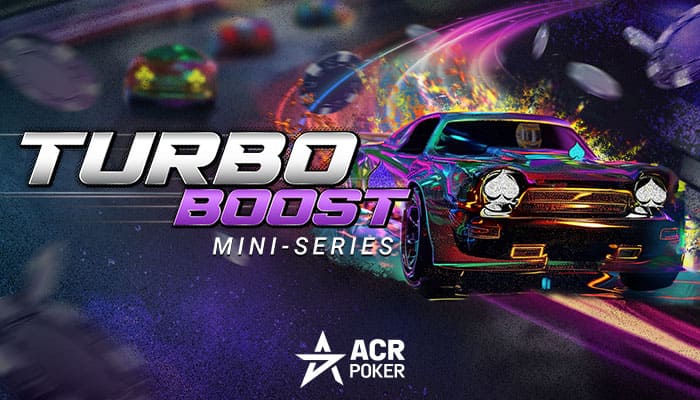


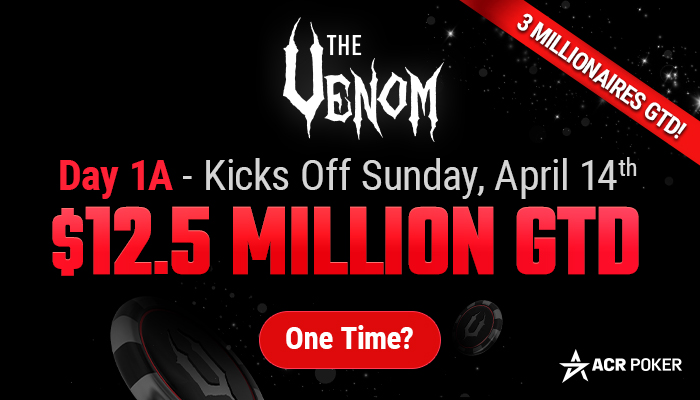

 FOLLOW US ON TWITTER
FOLLOW US ON TWITTER